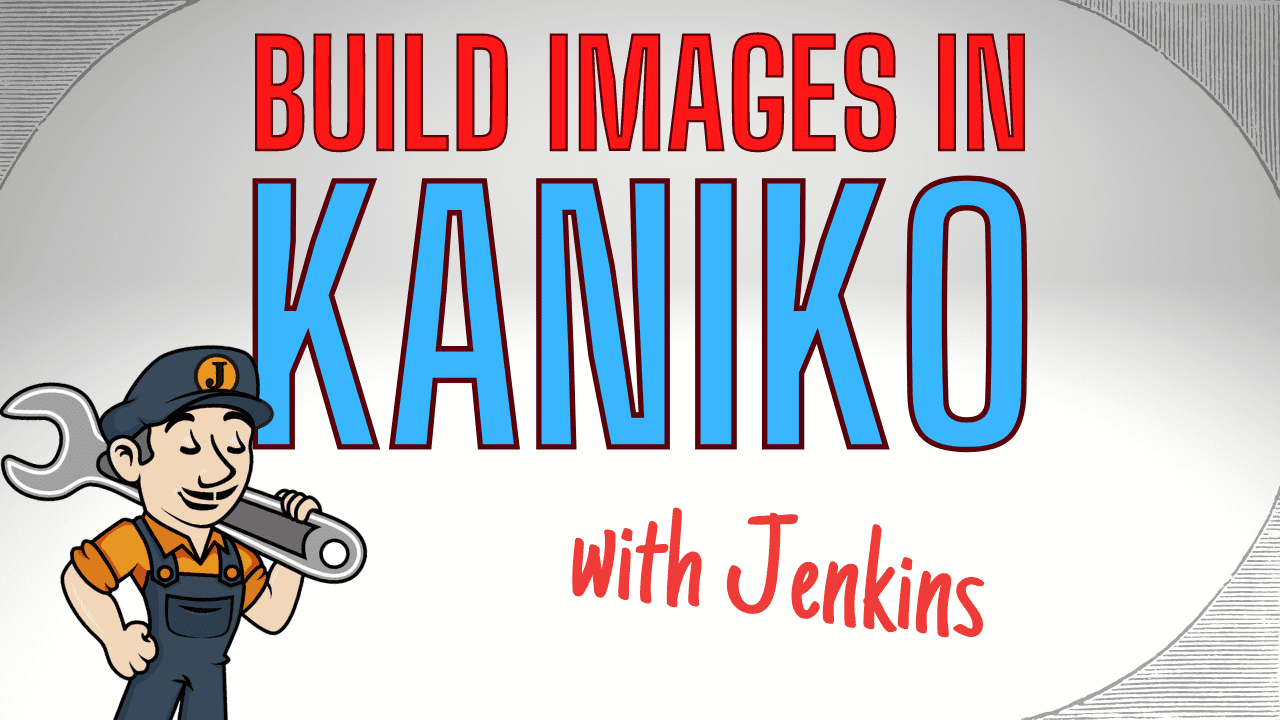
Using Jenkins and Kaniko to build Docker images in AWS
Learn how to use Kaniko from Jenkins to easily build and push Docker images.

Learn how to use Kaniko from Jenkins to easily build and push Docker images.
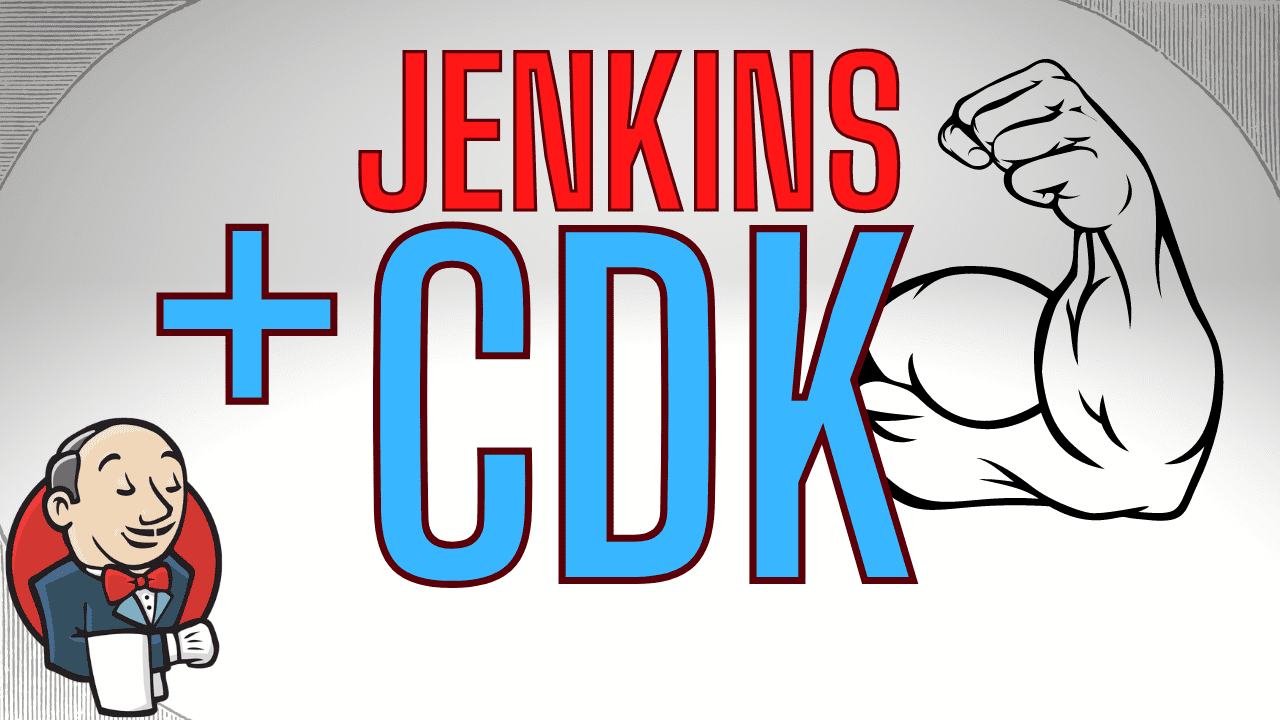
Learn how to deploy a production-ready Jenkins in a few lines of code using the AWS Cloud Development Kit.

The default ECS deployment type is called rolling update. With this simple approach, running ECS tasks are replaced with new ECS tasks. You control this process with the deployment configuration, where you define the minimum and maximum number of tasks allowed during a deployment. Through this mechanism you can ensure enough tasks are running to service your traffic, and likewise you’re not overspending by running too many. To understand the deployment process we’ll take the following simple setup as an example....
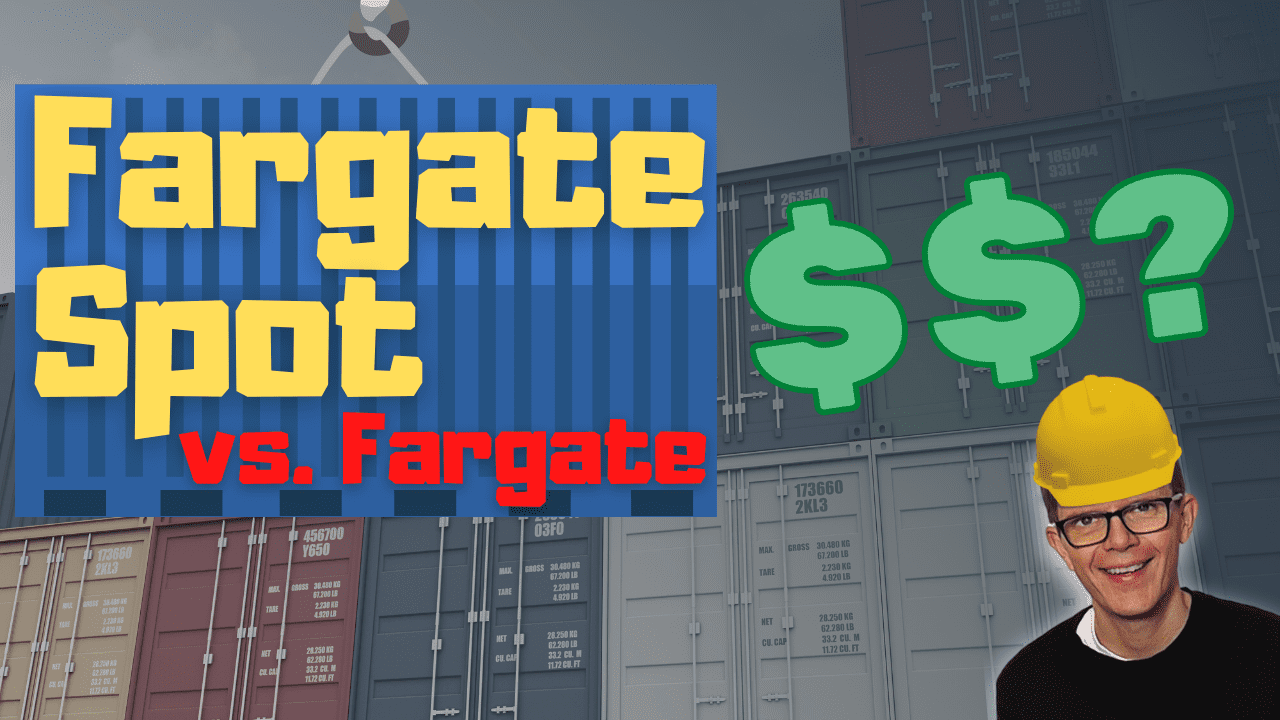
Discover how much Fargate Spot could save you on your AWS bill with this price comparison between 100 Fargate Spot and 100 Fargate containers. Did you know you could save money in AWS by switching from Fargate to Fargate Spot? If you’re using ECS, Fargate Spot offers significant cost reductions by using spare capacity in the AWS cloud. But just how much could you save? AWS say up to 70%, but we’re going to put that to the test with a head-to-head price comparison between 100 Fargate Spot and 100 Fargate containers running over 24 hours....
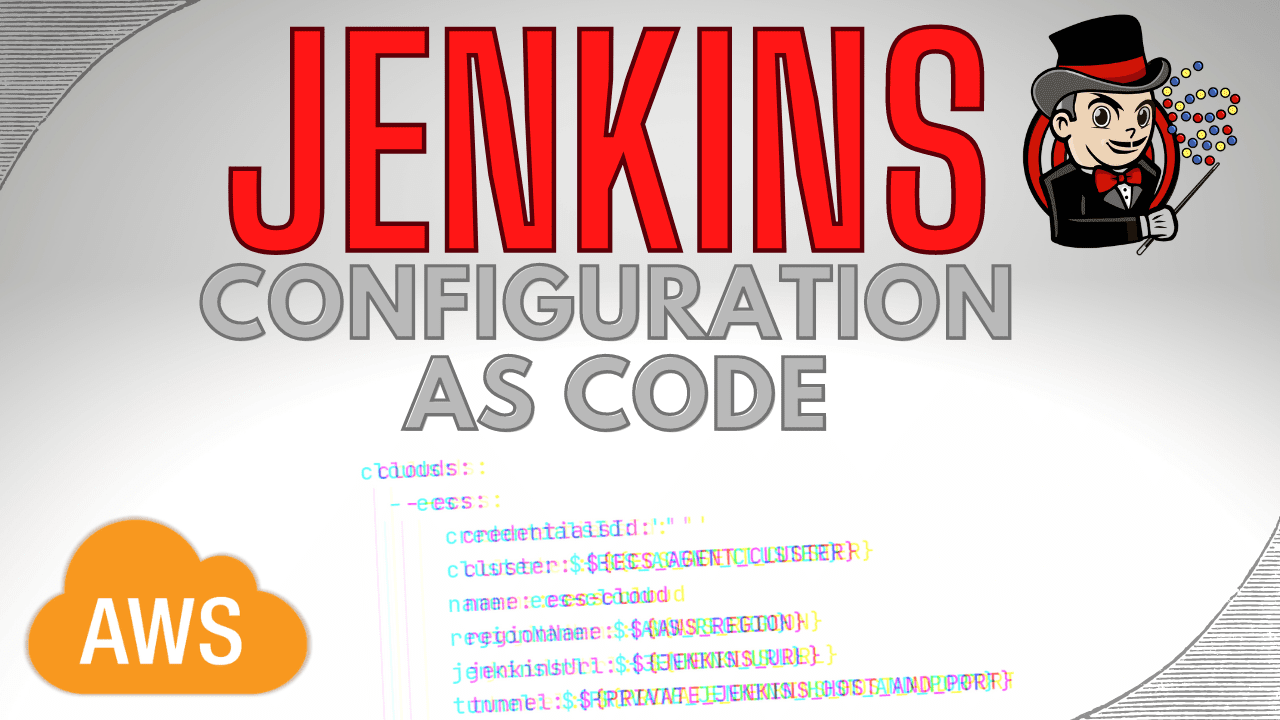
Automate your Jenkins cloud configuration setup using Jenkins Configuration as Code.
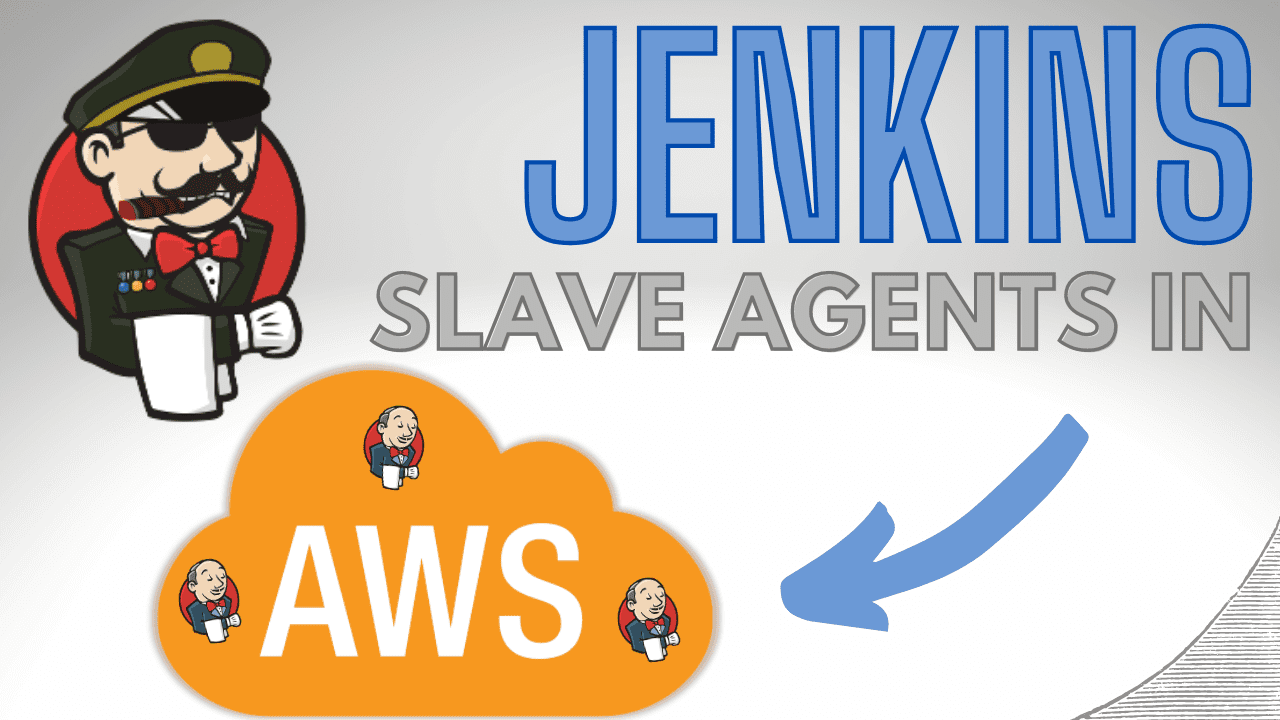
Learn how to run Jenkins jobs in slave Fargate containers in AWS ECS.
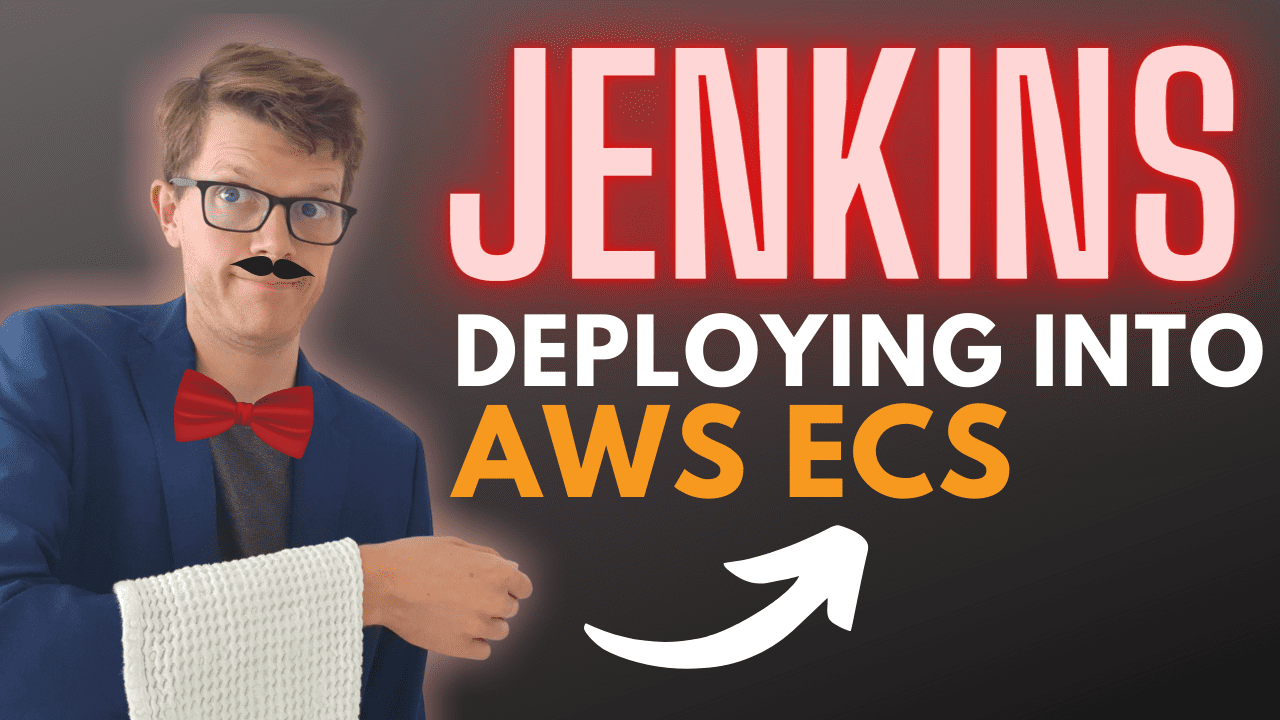
Discover all the pieces required to deploy a production-ready Jenkins master into AWS Elastic Container Service. You can take the best parts of the provided CloudFormation template, and apply them to your own setup.
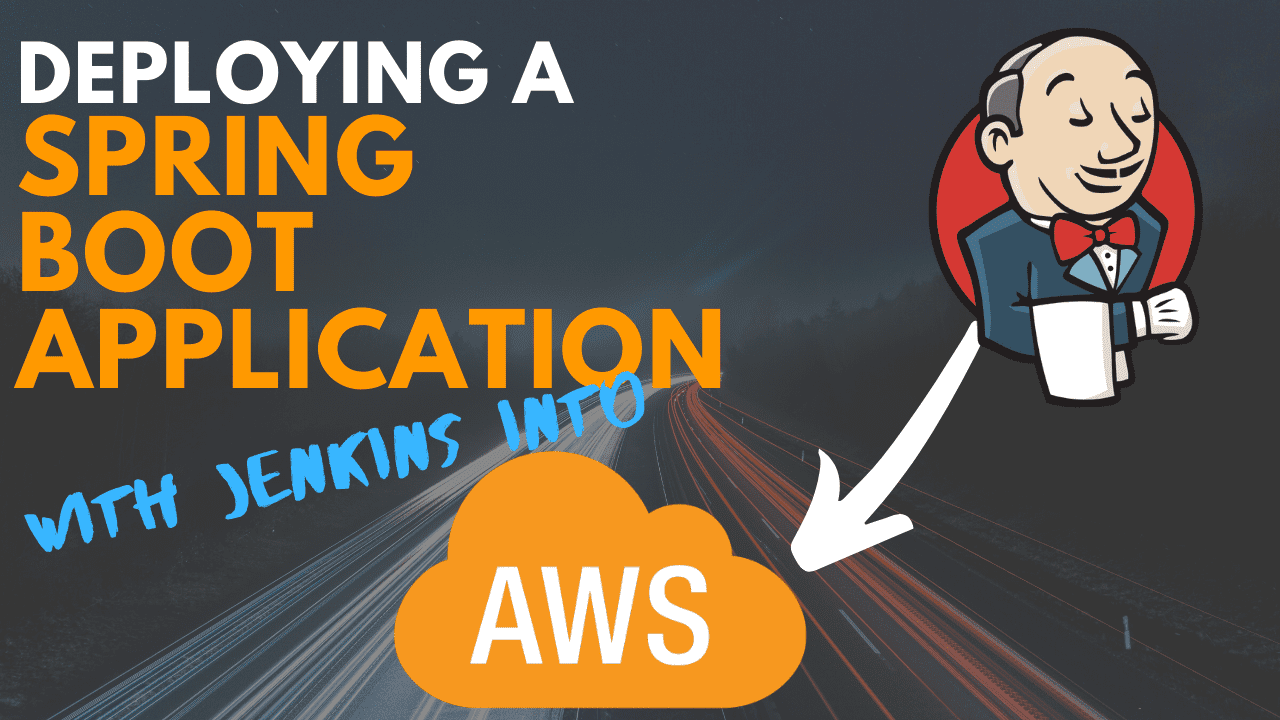
How to take a Docker image and deploy it into AWS Elastic Container Service.